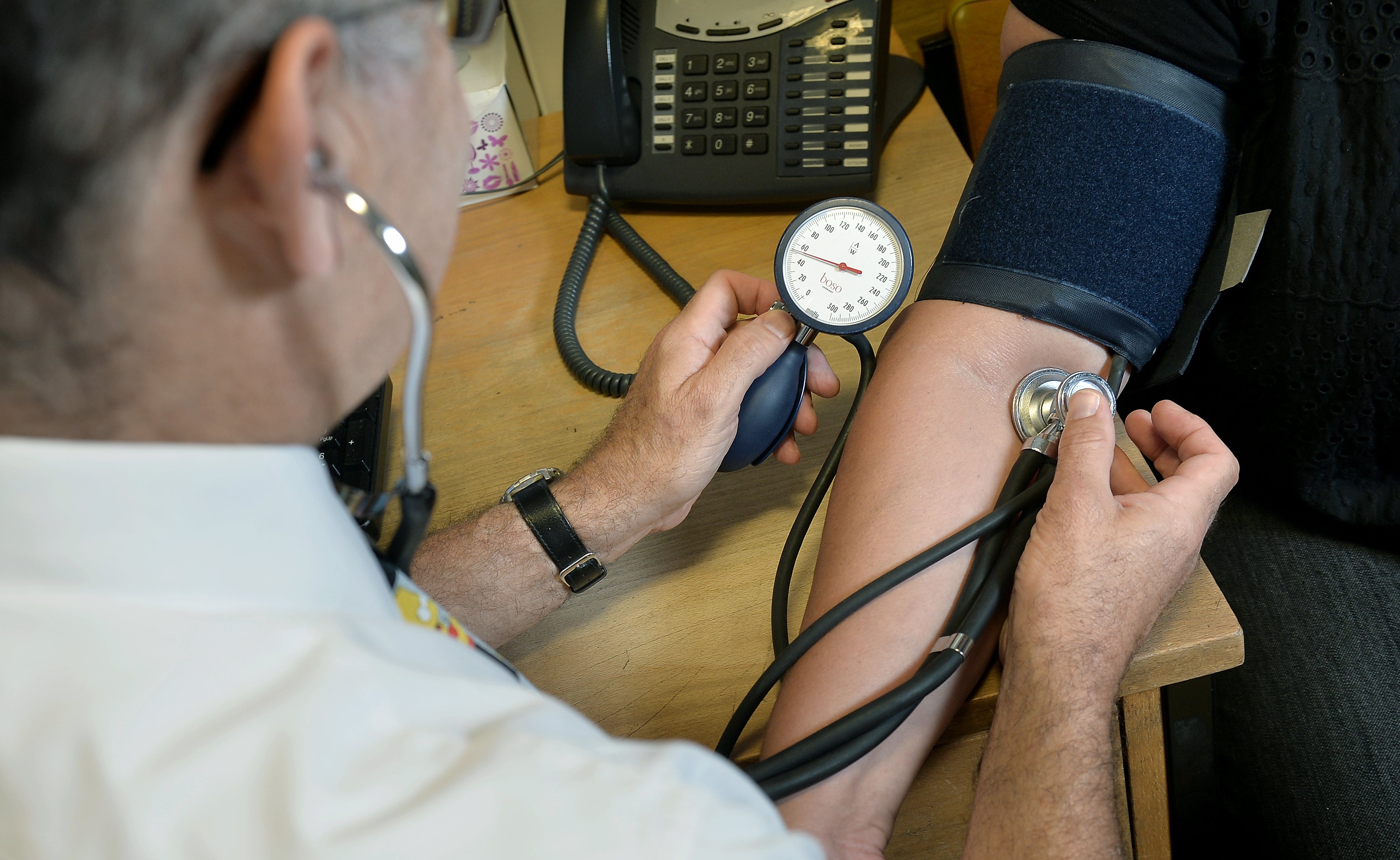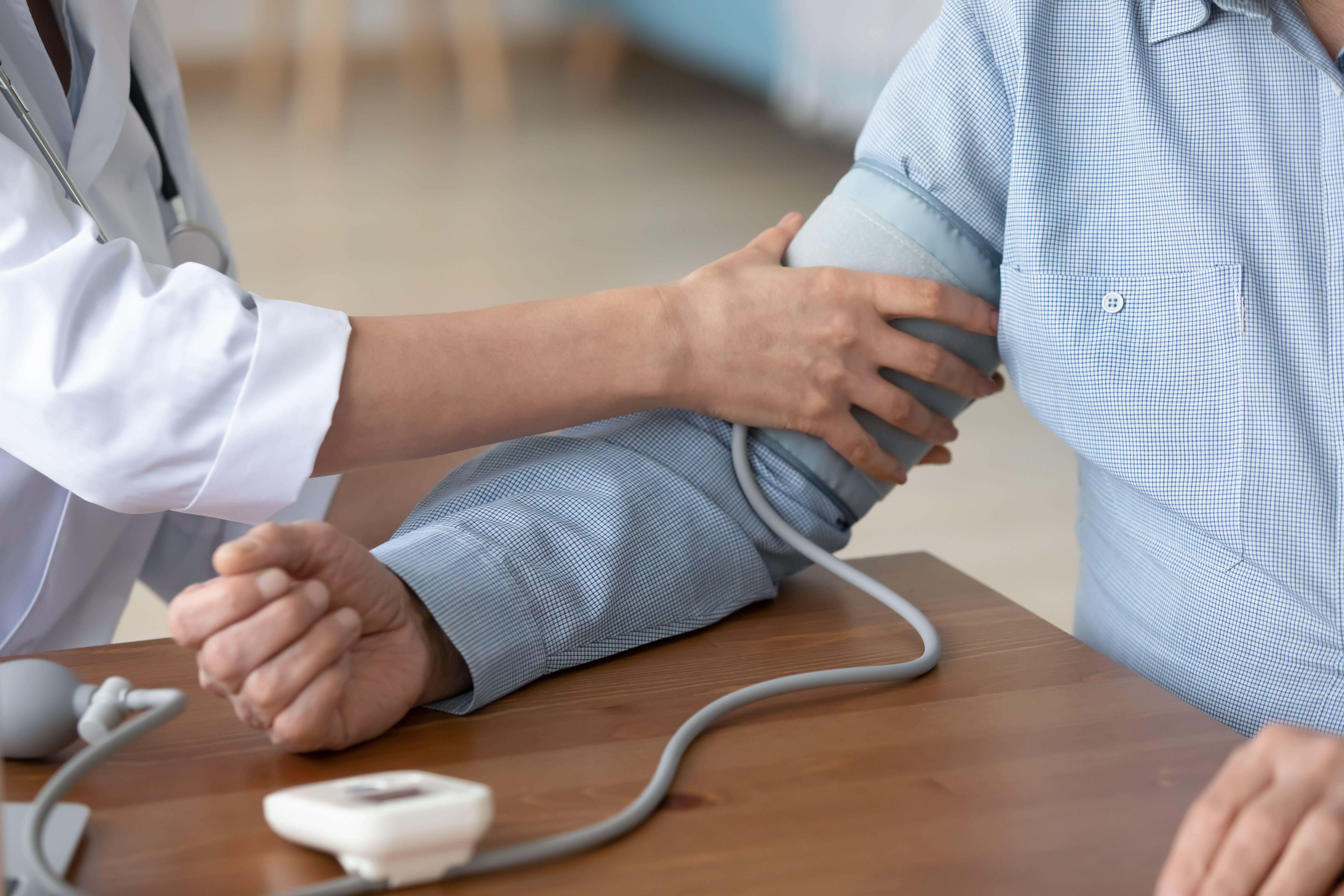Blood pressure warning over small change that can have huge impact on readings
The NHS advises that normal blood pressure is between 90/60mmHg and 120/80mmHg
Your support helps us to tell the story
From reproductive rights to climate change to Big Tech, The Independent is on the ground when the story is developing. Whether it's investigating the financials of Elon Musk's pro-Trump PAC or producing our latest documentary, 'The A Word', which shines a light on the American women fighting for reproductive rights, we know how important it is to parse out the facts from the messaging.
At such a critical moment in US history, we need reporters on the ground. Your donation allows us to keep sending journalists to speak to both sides of the story.
The Independent is trusted by Americans across the entire political spectrum. And unlike many other quality news outlets, we choose not to lock Americans out of our reporting and analysis with paywalls. We believe quality journalism should be available to everyone, paid for by those who can afford it.
Your support makes all the difference.Researchers have warned that people may be misdiagnosed with high blood pressure simply because their arm is in the wrong position when a reading is taken.
In the new study, researchers at Johns Hopkins Medicine in the US looked at blood pressure readings when arms were supported on a desk, arms were supported on a lap, and when arms were unsupported and hung at the patient’s side.
Experts found that some arm positions – such as resting the arm on the lap – can substantially overestimate blood pressure readings.

The NHS advises that correct positioning is to sit on an upright chair with a back, placing both feet flat on the floor and resting the arm on a table or desk.
People should also rest for five minutes before taking a reading and then take another reading several minutes later to check it is accurate.
Published in the journal JAMA Internal Medicine, the study found that putting an arm on the lap overestimated systolic pressure (the top number in a blood pressure reading) by 3.9mmHg and diastolic blood pressure — the bottom number – by 4mmHg.
Meanwhile, an unsupported arm hanging at the side overestimated systolic pressure by 6.5mmHg and diastolic by 4.4 mmHg.

Dr Tammy Brady, from the Johns Hopkins University School of Medicine, said arm position makes a “huge difference” when it comes to an accurate blood pressure measurement and people should always have their arm on firm support such as a desk or table.
For the study, researchers recruited 133 adults who ranged from age 18 to 80, whose blood pressure was taken during a single visit.
Before readings were taken, all those in the study emptied their bladders, walked for two minutes to replicate somebody coming to the clinic, and then sat down and rested for five minutes with their backs and feet supported.
Each person wore an upper arm blood pressure cuff that fitted their arm and had a series of measurements taken with a digital blood pressure device 30 seconds apart.
The results suggested people could end up having high blood pressure readings simply based on the position of their arm, with an arm hanging by the side offering the highest readings.
The NHS advises that normal blood pressure is between 90/60mmHg and 120/80mmHg.
High blood pressure is considered to be 135/85 or higher if the reading was taken at home, or 140/90mmHg or higher if the reading was taken at a pharmacy, GP surgery or clinic.

Join our commenting forum
Join thought-provoking conversations, follow other Independent readers and see their replies
Comments